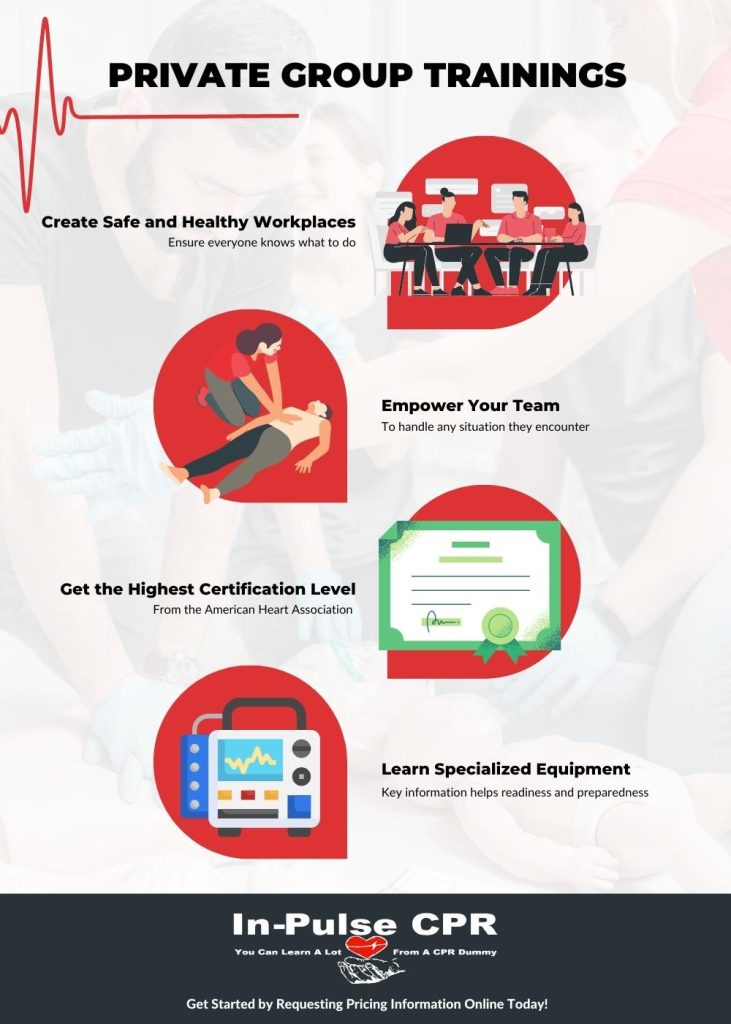Basic Life Support and Advanced Cardio Life Support Differences
People without a medical background may learn BLS. However, you need medical knowledge to understand ACLS.
Basic Life Support (BLS) and Advanced Cardiovascular Life Support (ACLS) are supportive therapies for cardiac arrest and severe injury patients. While ACLS and BLS are used to treat a person in cardiac arrest, they differ in how rescuers use them.

What is BLS?
Basic Life Support or BLS requires that students know cardio-pulmonary resuscitation (CPR). They need to know how to provide compressions and rescue breaths, or use a bag-mask if a patient suffers from cardiac arrest and stops breathing.
They also must know how to give one-rescuer and two-rescuer CPR care as well. Understanding how an automated external defibrillator (AED) works is also required.
The course includes bag-mask methods, how to give aid to a victim who is choking, and how to perform CPR while performing advanced airway management. Learning how to apply CPR to an infant is included.
What is ACLS?
ACLS treats cardiac arrest, heart attack, coronary symptoms, stroke, and other crises with algorithms. ACLS involves ECG analysis. Therefore, the heart rhythm determines therapy options.
ACLS providers must know how to introduce advanced airways and IV or IO lines to give fluids and drugs. They must know the drugs used to treat cardiac rhythms and disorders.
BLS vs ACLS
People who know BLS keep patients patients alive until rescuers arrive on the scene.
Rescuers who know ACLS treat severe cardiac issues, stroke, and other life-threatening conditions. They perform emergency care so medical providers can render further treatments in hospital or medical settings.
Curriculum
As the name suggests, Basic Life Support certification pertains to life-support training during an emergency. Healthcare practitioners and first responders can learn process. People who take care of children or high-risk individuals also benefit from BLS training.
Employees, such as construction workers, who are exposed to job-related hazards, often use the training in accordance with OSHA guidelines.
During BLS training, you’ll learn how to help a cardiac arrest victim who has stopped breathing. Again, your goal is to revive the victim until advanced help arrives. You’ll receive CPR training as well as learn lifesaving methods that are applied temporarily during emergencies.
ACLS certification teaches skills and procedures to address complex cardiovascular situations.
Trainees learn how to improve patient outcomes by preserving neurological functions after cardiovascular events such as a stroke or heart attack.
Therefore, Advanced Cardiac Life Support focuses on:
- Basic CPR knowledge
- Recognizing and treating cardiac and respiratory arrest
- Managing a resuscitation team
- Opening up the airway
- ACLS pharmacology
Medical Background
You do not need a medical background to learn BLS.
You’ll need medical training to complete an ACLS course. ACLS trainees often take BLS before ACLS. Therefore, you may have to take BLS first before you enroll in an ACLS certification course.
Both medical professionals and people who are exposed to more job hazards often enroll in BLS classes.
Some state-licensed professionals must learn BLS. Other professions follow association, state, or national BLS requirements. Most professionals need an employer-issued BLS certificate.
Therefore, many employers require BLS cards including schools, construction contractors, sports facilities, and nursing homes. OSHA may also require BLS readiness.
ACLS certification applies to medical professionals and healthcare providers who intubate patients or provide intravenous medicines. Doctors, nurses, and paramedics, who frequently respond to cardiac emergencies, benefit from ACLS training.
ACLS and BLS Training
Training centers and health organizations across the country offer ACLS and BLS certificates. Choose a certification provider that follows American Heart Association (AHA) or Red Cross requirements.
Taking BLS or ACLS at an onsite location is beneficial, as you’ll receive direct experience.
Conclusions
ACLS certification is geared to medical professionals while people who are not medical professionals can learn BLS.
ACLS and BLS providers must follow AHA recommendations.
When you take BLS or ACLS, you’re investing in your career.
Finding an on-site facility gives you enhanced training benefits, and is preferred to online training courses.



